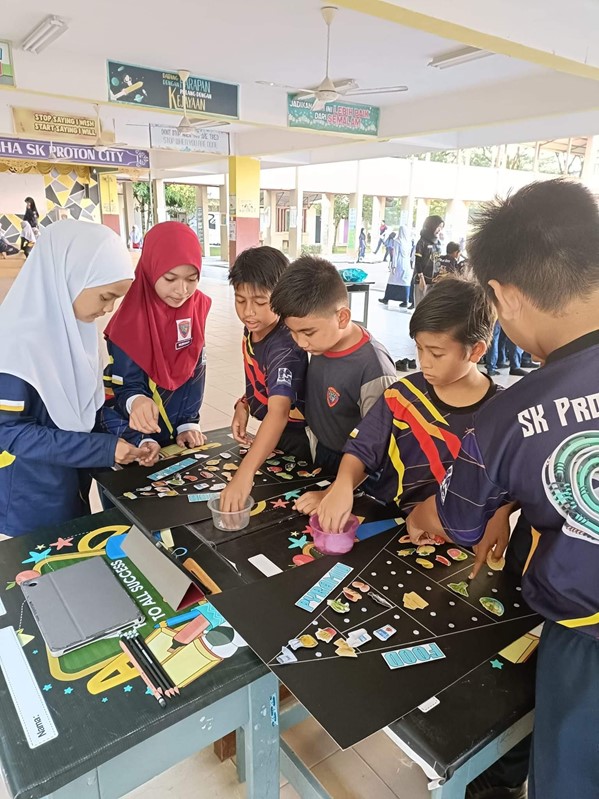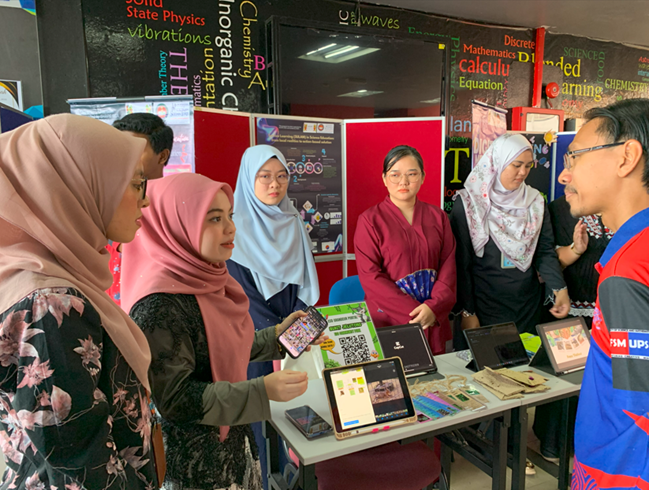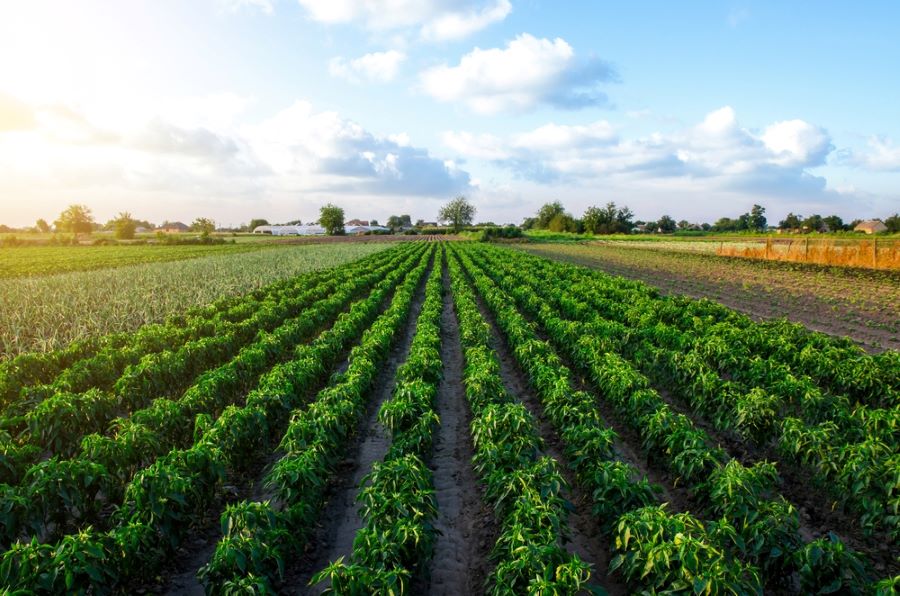If you have ever walked through the woodlands or a coastal harbour, you may have likely encountered the isopod, an animal resembling a cockroach or a beetle. In another situation, if you have bought some fish, you may have seen an eerie and nasty creature living in their mouths! If you are an avid gamer of Nintendo Switch, you would have seen a bug-like species called “Ligia exotica” that appeared in a fun and exciting video game named “Animal Crossing”. Without venturing too far, you can even find them lurking around your garden, especially in flower pots or terrariums. So, what are these so-called bugs that look like cockroaches or lice but aren’t bugs at all?
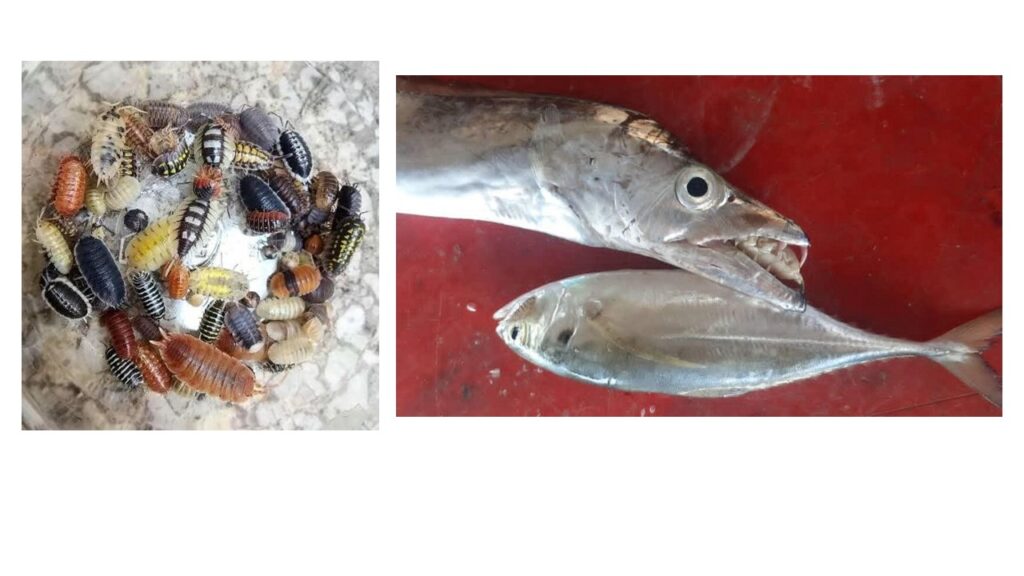
These creatures known as isopods, where “iso” means “equal” and “pod” stands for “foot”. Common names for the isopods are pill bug, woodlice, roly-poly, sea wharf, sea roach, or sea slater. Isopod is a diverse crustacean group similar to shrimps, crabs, prawns, and barnacles. The order Isopoda has a worldwide distribution of 10,000 known species, where 5,000 species occur on land, 4,500 species are found in marine environments (mostly on the seabed), and 500 species occur in freshwater ecosystems. Due to the high diversity of isopod species, they can inhabit terrestrial ground, deep-sea sediments, rocky and sandy beaches, and even inside hosts like fishes and crabs (as parasites).
Isopods have a variety of morphological features that are functional for their adaptation. Because of this, they can come in various colours, shapes, and sizes. Terrestrial isopods have colourful pigmentations and patterns on their bodies, making them attractive pets for care and breeding. Their colours give them common names such as zebra line, rubber ducky, blonde ducky, and the dark knight.
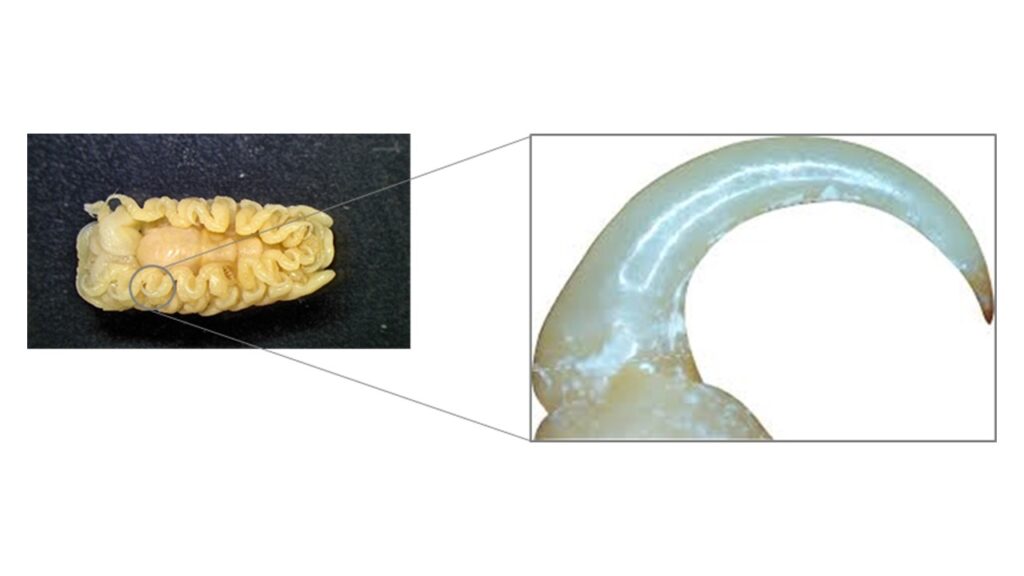
Isopods display in a variety of feeding modes. They can be scavengers, detritus feeders, predators, parasites, and filter feeders. For example, isopod parasites from the Family Cymothoidae use their dactyli to hook onto their host’s flesh. Cymothoid isopods are striking ectoparasites on fishes, including the famous “tongue biters”. Cymothoids have four feeding attachment modes: mouth-attaching, gill-attaching, skin-attaching, and flesh-burrowing species. Sometimes, a single cymothoid species can parasitise multiple host species.
Here’s a fun fact: this unique isopod can be eaten! Certain families within the isopod group can be eaten like other crustaceans. Although Malaysians have not explored this delicacy yet, Japan and Vietnam have incorporated a giant isopod as one of their favourite dishes. They have acknowledged it to taste just like chicken! According to The Japan Times, they also make food products such as crackers made from giant isopods! If you want to see a giant isopod in Malaysia, you can visit Aquaria KLCC to observe how big it is!
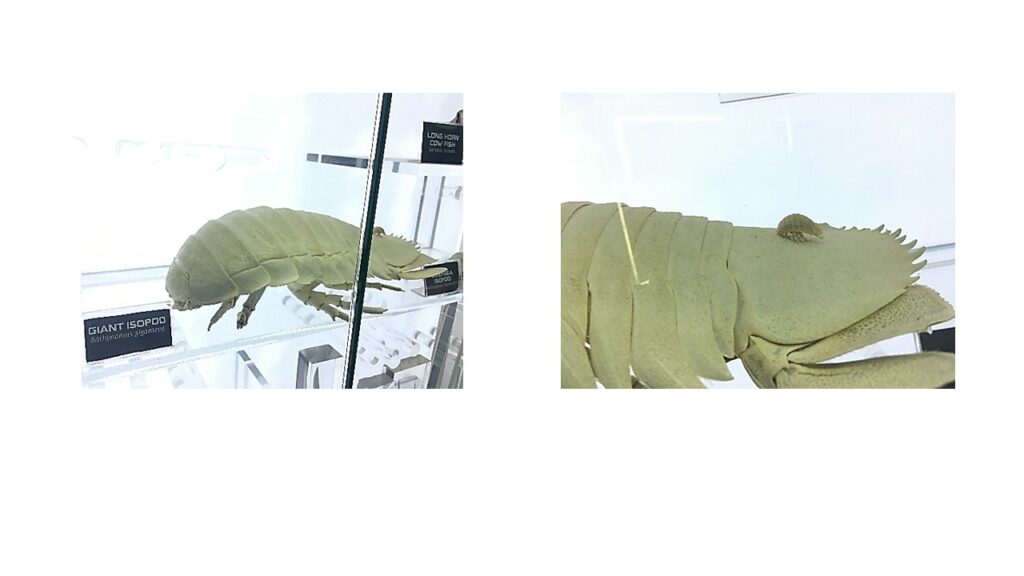
Isopods play an important role in ecology and economy. For instance, a research study used a combination of ointment with the extraction of an isopod parasite from a species, Ceratothoa oestroides, to heal diabetic foot ulceration. In traditional Chinese medicine, another species of semi-terrestrial isopod, Ligia exotica, is used to treat muscle injury, swelling, and pain or to heal malnutrition in children. In ecology, terrestrial isopods are used as an indicator to monitor the study of soil toxicity as they are decomposers and grazers in nutrient and organic soil. In another report, a species from the Family Cirolanidae is used to clean the skeletons of marine organisms such as marine mammals for museum collections. The next time, you can go to the market and check the fish’s tongue or gills and look for the isopod!



